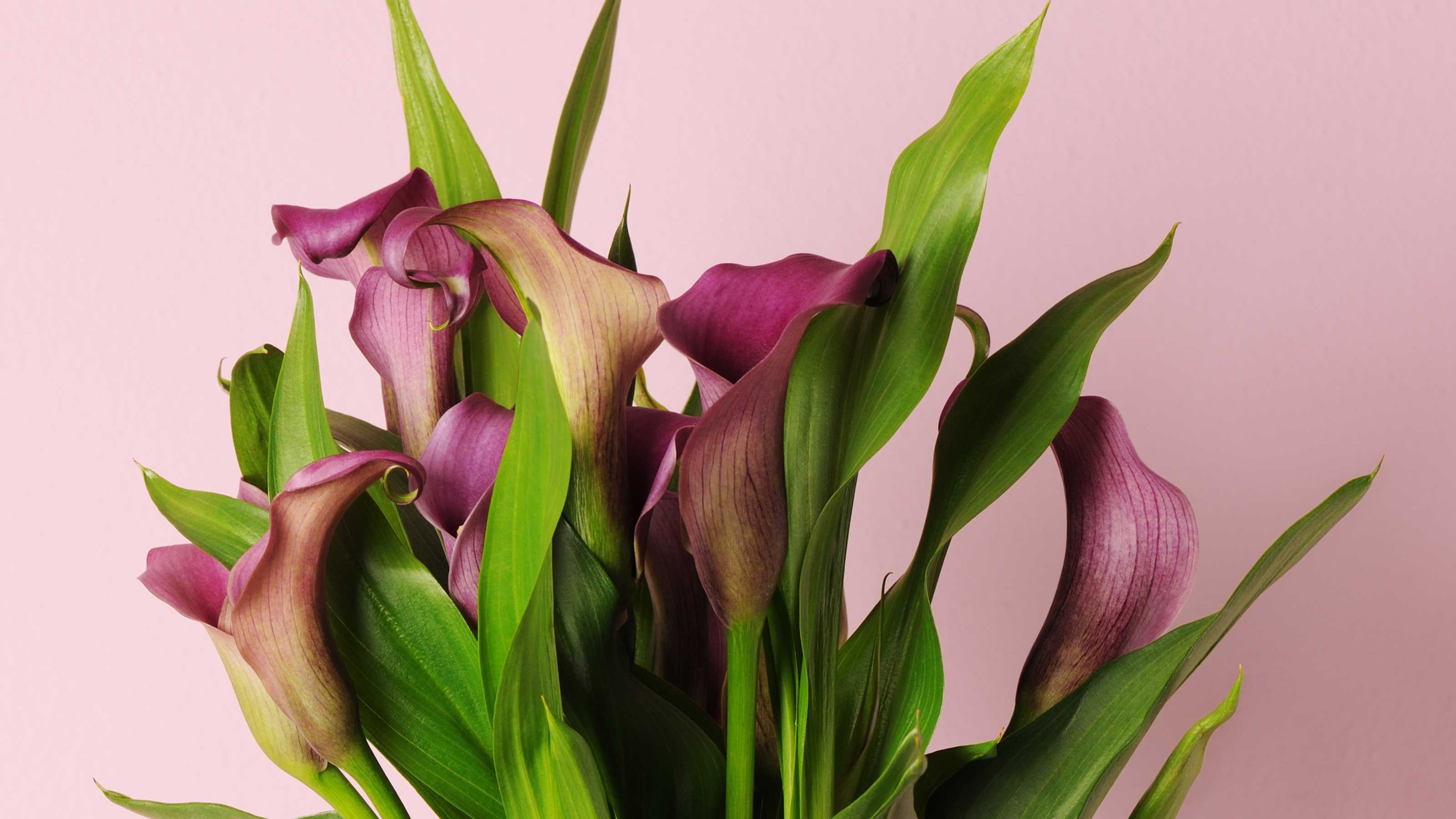

Learning how to care for calla lilies is worth the effort for their elegant blooms, and depending on the variety, might vary between classic white, purple, or pink.
Also known as arum lilies, they originate from South Africa and grow happily outside in warmer climes. With proper maintenance, you can enjoy their beauty in your home instead, as our houseplant experts reveal in our guide.
Whether you need to brush up on the best watering techniques or are wondering whether to prune or repot, you’ll find everything you need to know about caring for these fabulous indoor plants below.
How to care for calla lilies according to the experts
When caring for any houseplant, there are various factors to consider to keep them looking their best. These include soil type, temperature, and providing the right amount of light.
1. Check the soil
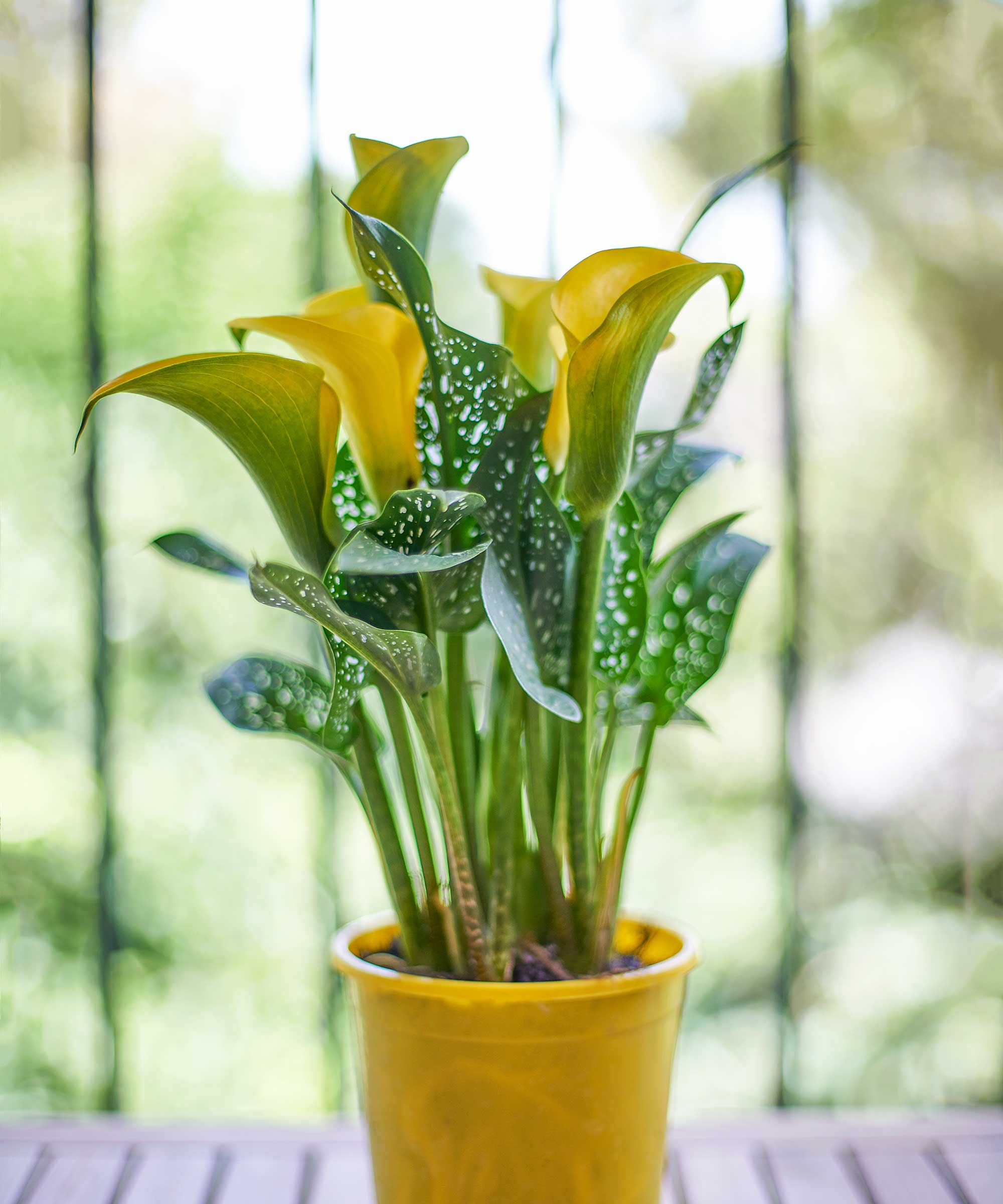
Juan Palacio, the CEO of BloomsyBox, says, “The key to successfully growing calla lilies indoors starts with the soil.”
He recommends a well-draining and rich potting mix. “Enhancing your mix with perlite or sand ensures adequate drainage, preventing the risk of root rot, which is a common issue in overly moist conditions,” he adds. “This foundational step is critical in setting the stage for healthy growth.”
Try using the Perfect Plants Nursery indoor plant soil mix, which has perlite and sand included. This mix would work well when caring for spider plants, too.

Juan Palacio is the founder of BloomsyBox, a Miami-based floral subscription company that also sells a range of beautiful houseplants. BloomsyBox has made it onto the prestigious Inc. 5000 list of the fastest-growing companies in the US for two consecutive years.
2. Water regularly
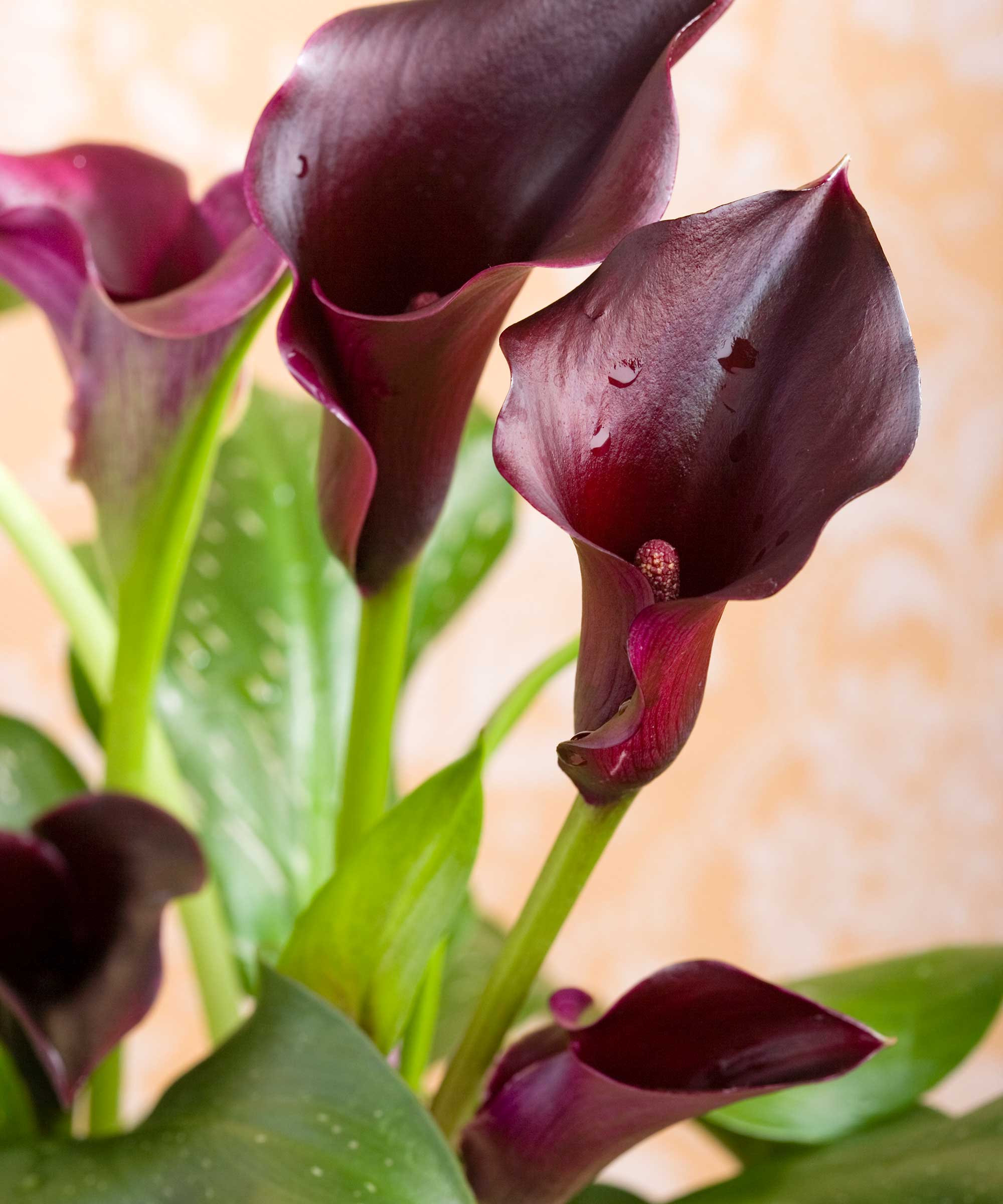
Getting the watering right is also key when learning how to care for calla lilies. According to Juan, they thrive in environments where the soil remains consistently moist, yet not waterlogged. It’s no wonder – in the wild, these plants often grow near ponds and streams.
A moisture meter, available from The Sill, will help you gauge how often to water calla lilies. “Allowing the top inch of soil to dry out between watering sessions strikes the perfect balance,” Juan says.
Nastya Vasylchyshyna, a botany expert from Plantum, advises choosing a pot with drainage holes at the bottom. Remembering this detail is an important part of how not to kill houseplants.
“A good way to evenly soak the entire soil volume is to alternate between top and bottom watering," she says. "For the latter, set the pot onto a water-filled tray for about 20 to 30 minutes at a time.
“Reduce watering during the plants’ dormancy period,” she adds. This is usually from fall to winter.

Nastya is a professional botany expert for the Plantum app that helps identify plants and plant diseases and provides care recommendations. Her specialization is plant morphology, phytopathology, and plant physiology.
3. Provide filtered sunlight
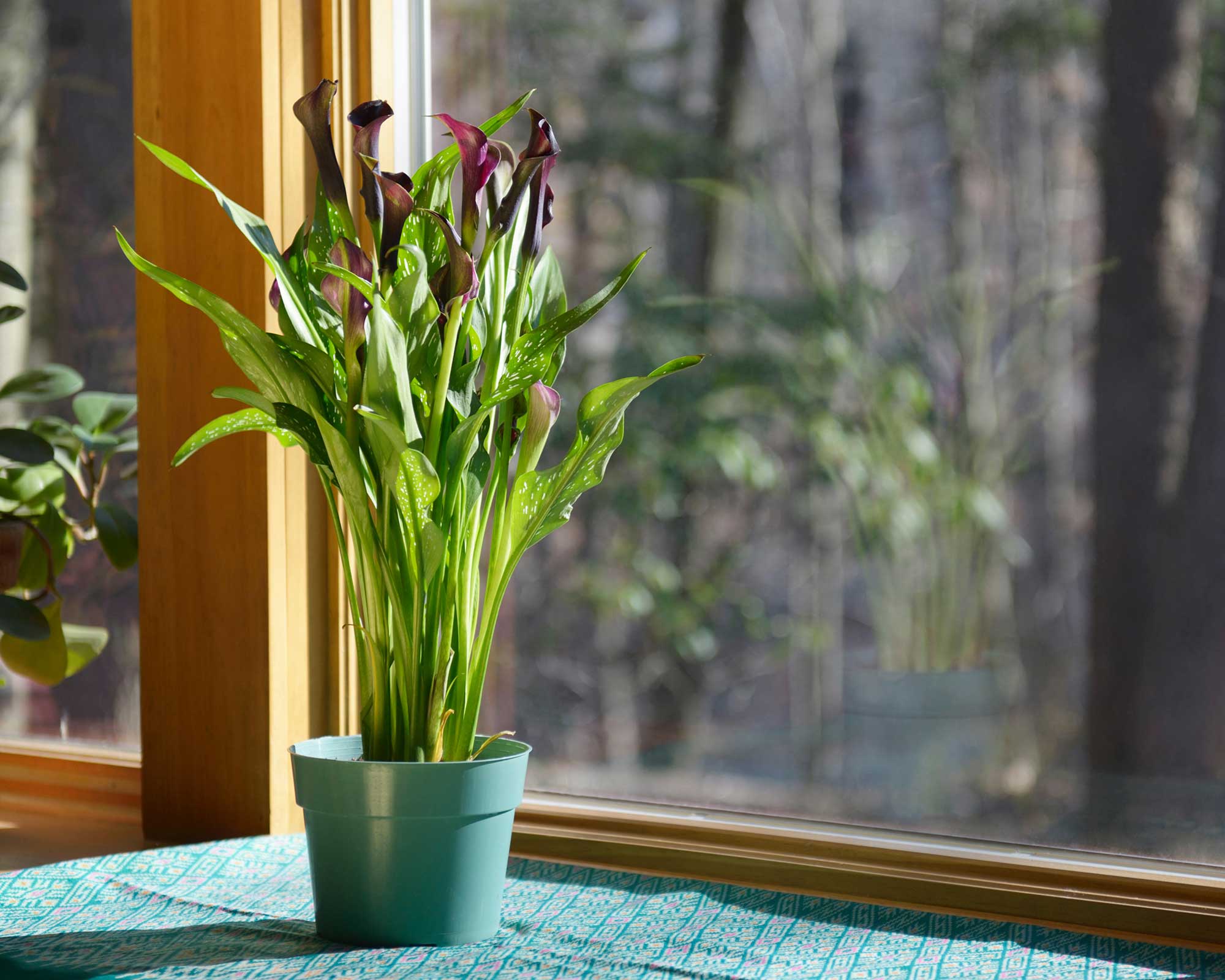
“Bright, diffused lighting will be optimal for your calla lilies,” says Nastya. “Avoid exposing them to direct sunlight to prevent sun scorch, especially in the afternoon hours and during summer.”
She recommends putting them by an east or west-facing window. “You can also place them behind a translucent curtain on a south-facing windowsill," she adds.
These requirements are similar for lucky bamboo plant care.
Be careful when choosing a spot for your calla lily if you have a four-legged friend, because these are not pet-friendly houseplants. They’re toxic to humans, too, so wear gardening gloves, such as these prettily patterned ones from Terrain, when handling them.
4. Avoid drafts
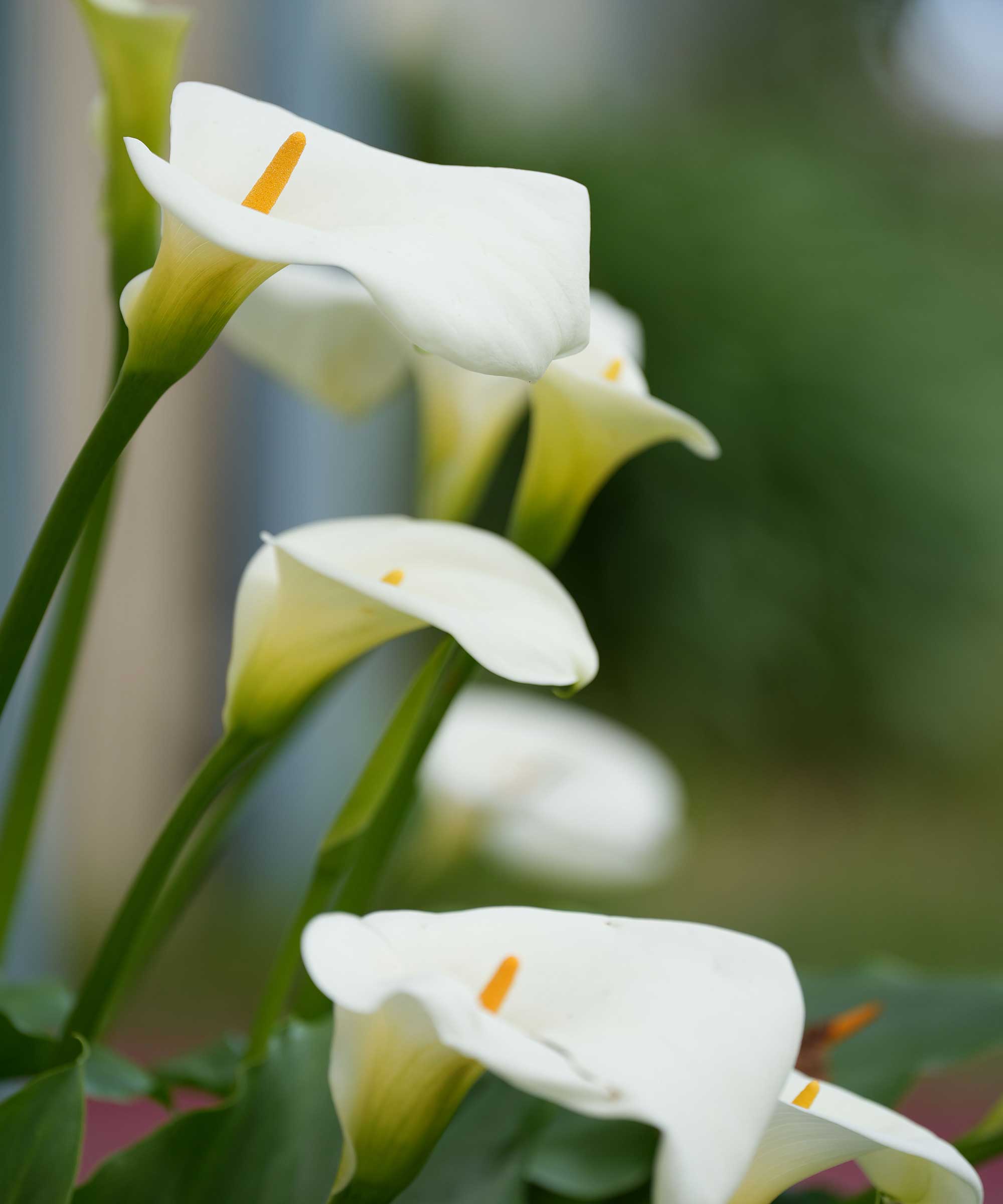
Nastya says, “The optimal temperature range during the plants' active growing period is 64–77° Fahrenheit. Gradually bring it down to 54–59° Fahrenheit during their dormancy.”
The Bluetooth thermometer from Amazon is a clever gadget for getting the temperature around your calla lily just right. Plus, it tells you the humidity level.
Autumn Hilliard-Knapp of Perfect Plants Nursery highlights how the chosen location for your calla lily should be free from drafts. You’ll need to bear this in mind when caring for fiddle leaf figs, too.

Autumn is a horticulture specialist and marketing professional at Perfect Plants Nursery. With four years of experience in the horticulture industry, she has developed a passion for helping people create beautiful indoor and outdoor spaces to enjoy. Her expertise in horticulture encompasses a broad range of activities, including plant care and selection, landscape design, and maintenance.
5. Raise humidity
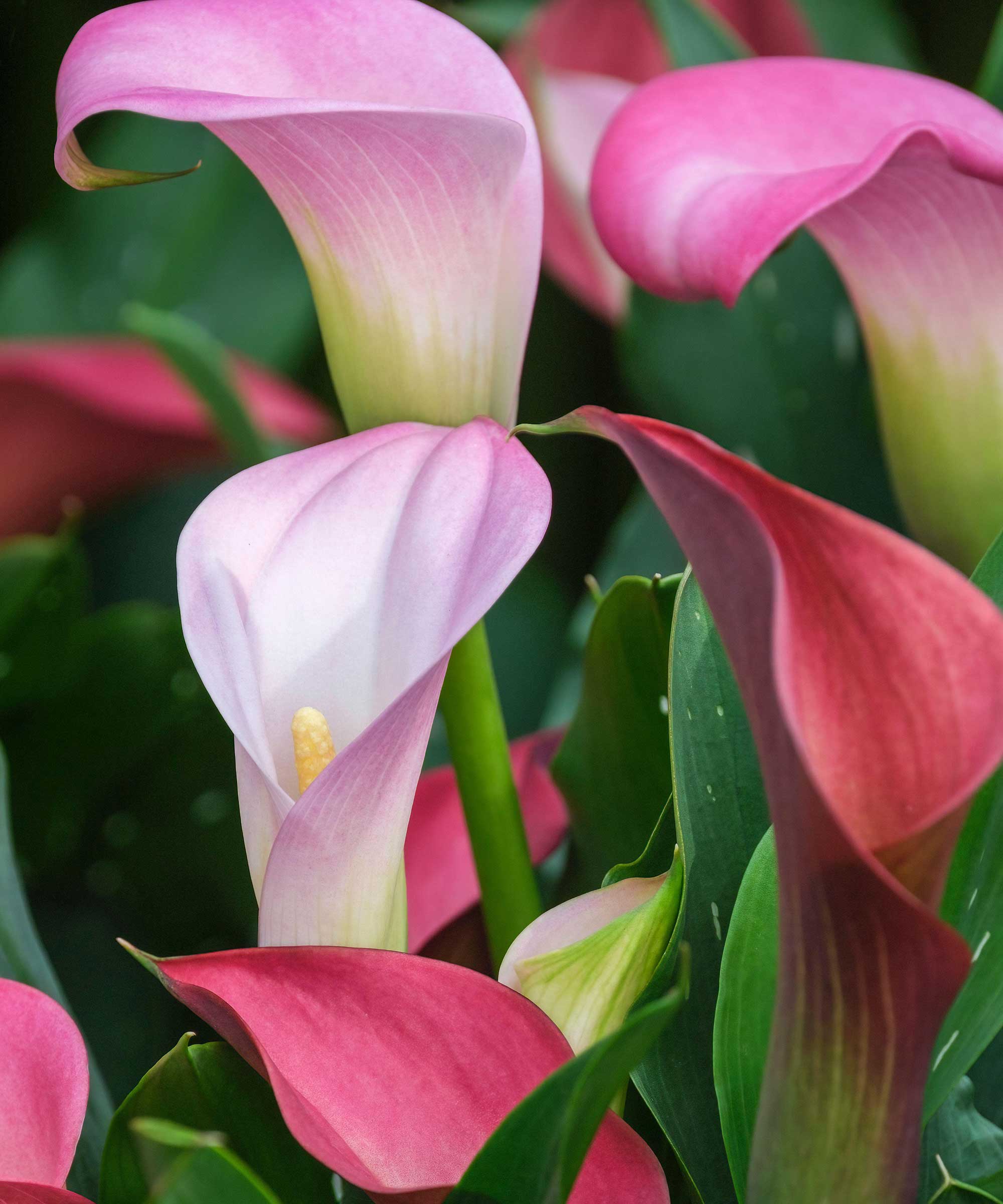
“Calla lilies do enjoy a more humid atmosphere, yet direct misting of the leaves should be approached with caution to prevent fungal diseases,” says Juan.
“A practical solution is to place a pebble tray filled with water beneath the plant's container, which elevates the humidity around the plant without directly wetting its foliage.”
Alternatively, you could place a humidifier nearby, such as the Levoit humidifier from Amazon which has over 20,000 5-star ratings. Air plants will appreciate this, too.
6. Prune dead leaves
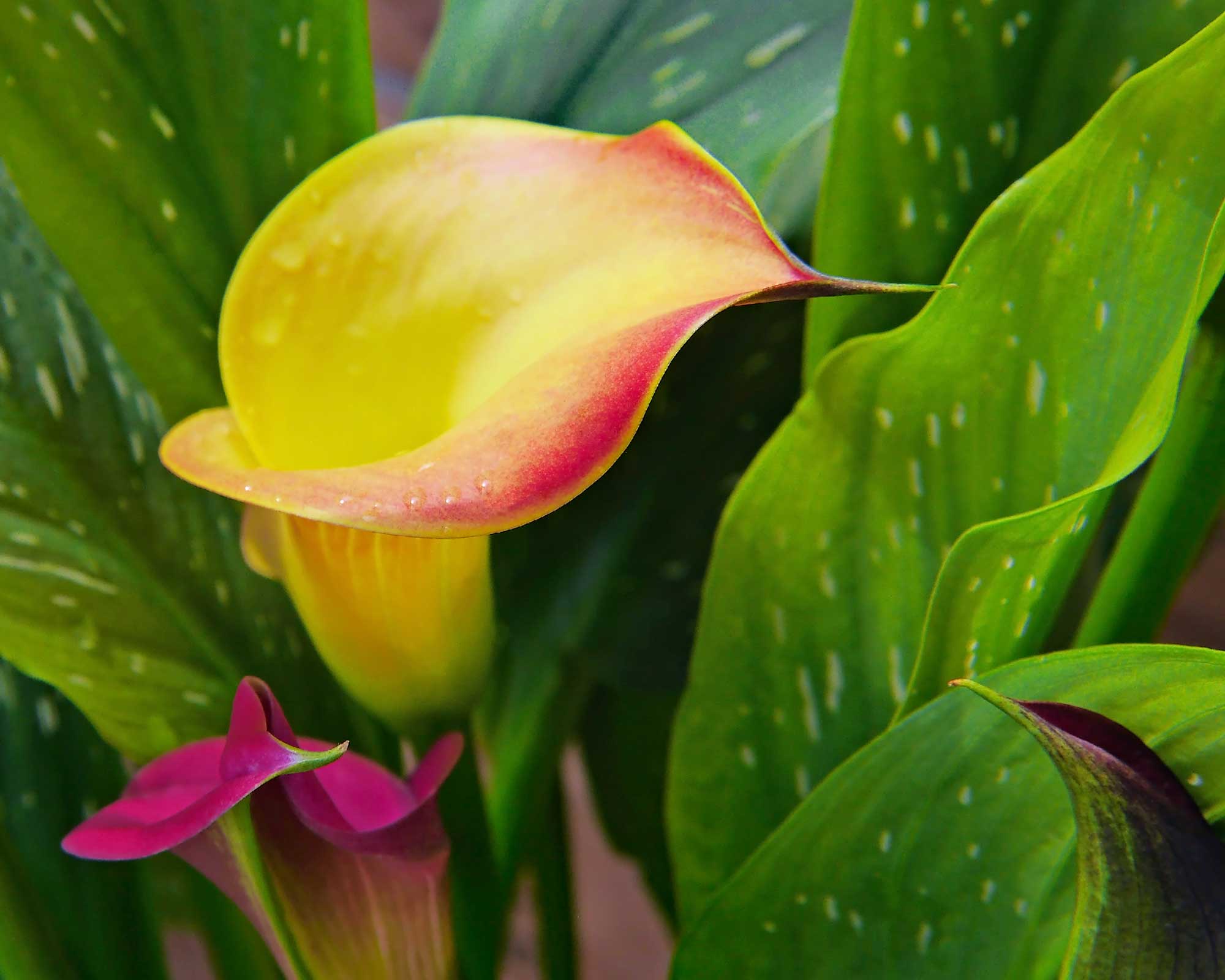
Calla lilies make great houseplants for small spaces. They don’t take up much room or need constant cutting back to keep their size in check.
However, once calla lilies finish flowering, their foliage will slowly start to turn yellow and dry up as they transition into dormancy, notes Nastya. “Prune the leaves at the soil line one by one as they become fully yellow or dry," she advises.
These Fiskars pruners, available from Amazon, are perfect for the job, plus they're at a great price. They’ll come in handy for propagating a jade plant, too, if you have one.
7. Fertilize when growing
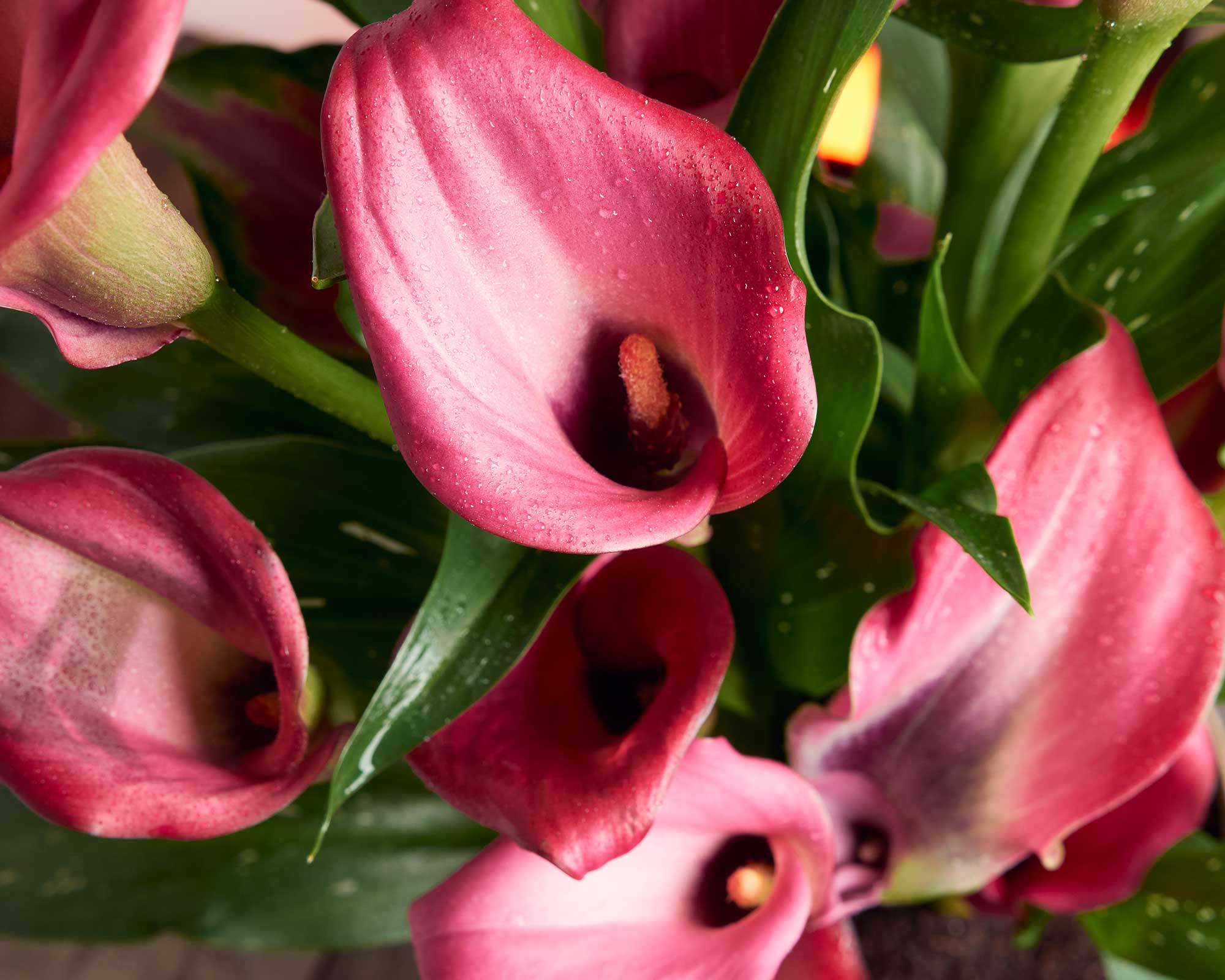
Autumn advises feeding calla lilies with a balanced, water-soluble fertilizer every two to four weeks during the growing season in late spring through summer. This will promote healthy growth and flowering.
She recommends the liquid indoor plant food from Perfect Plants Nursery — a formula that can be used on a wide range of houseplants.
8. Repot when needed
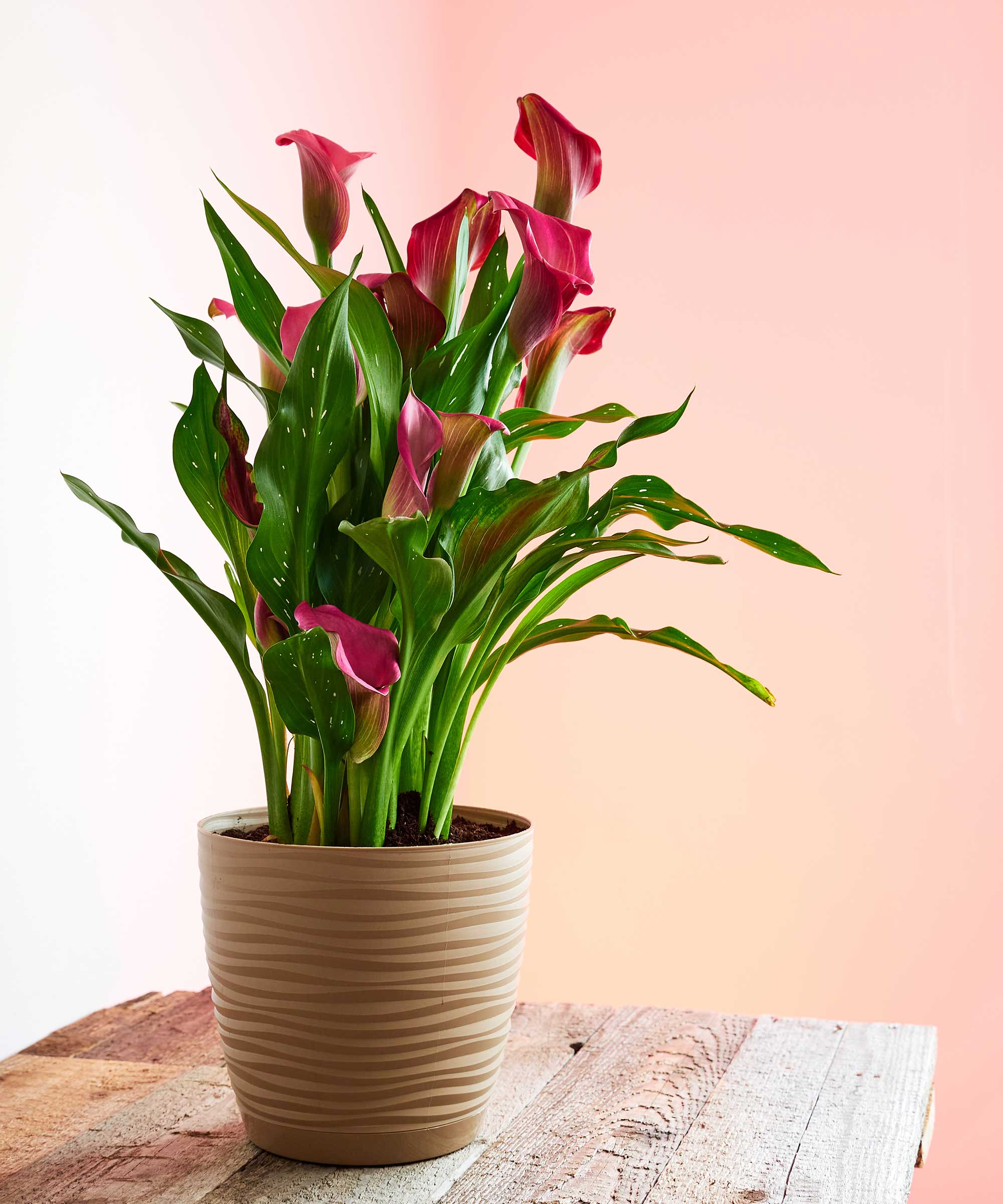
Whether caring for succulents, pothos, or any other houseplant, repotting when the time is right keeps them healthy and gives them space to grow. Calla lilies are no exception.
Autumn says, “Calla lilies typically need repotting every one to two years when they become root-bound.” She recommends doing this during the spring, using a well-draining soil mix and a slightly larger pot.
Avoid choosing a container that's too large, as this can lead to problems with overwatering. We love the Isabella planters from The Sill, which come in various colors and sizes and include matching saucers.
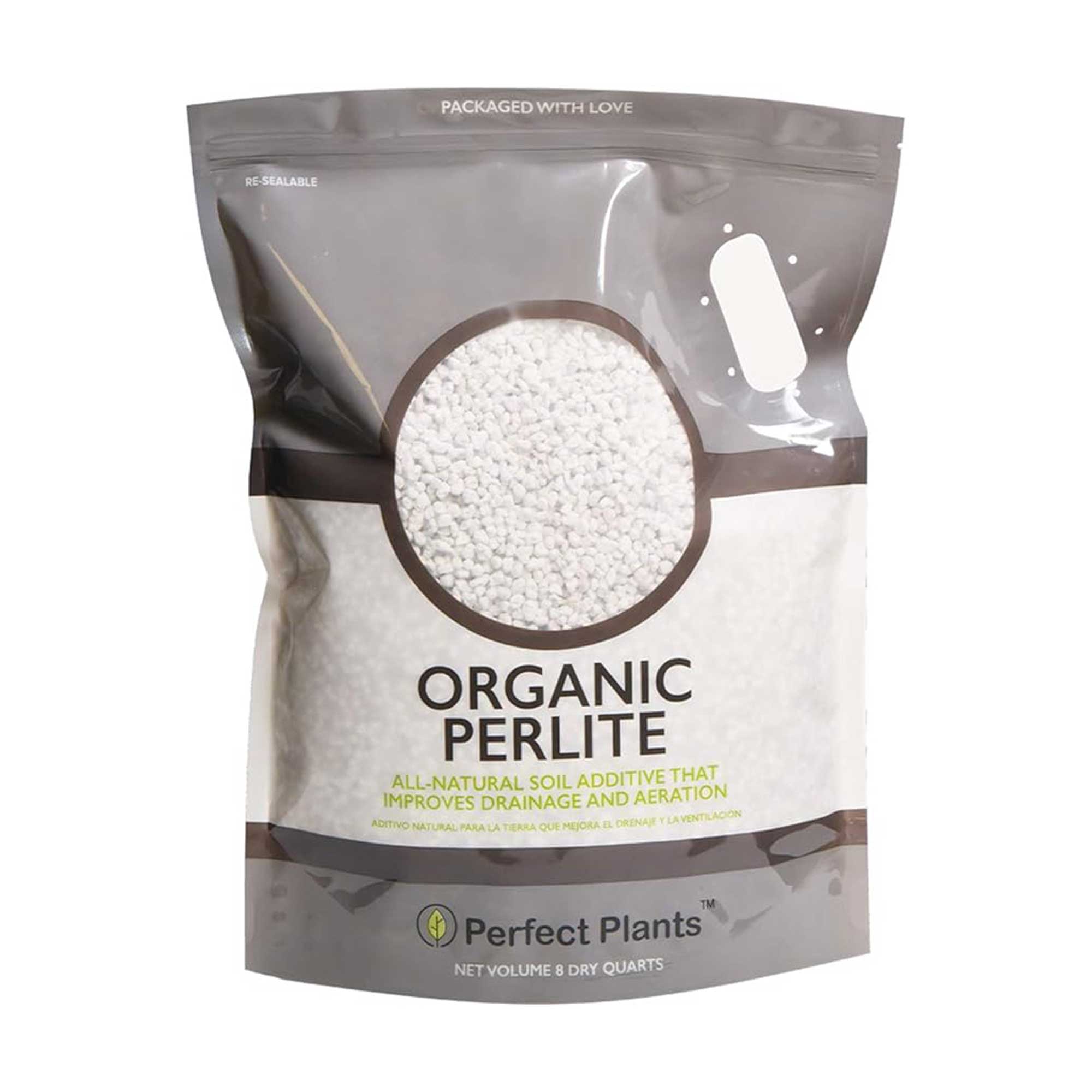
Price: $17.99
Mix this organic perlite from Perfect Plants Nursery into regular potting soil to improve drainage and create an ideal growing medium for calla lilies.
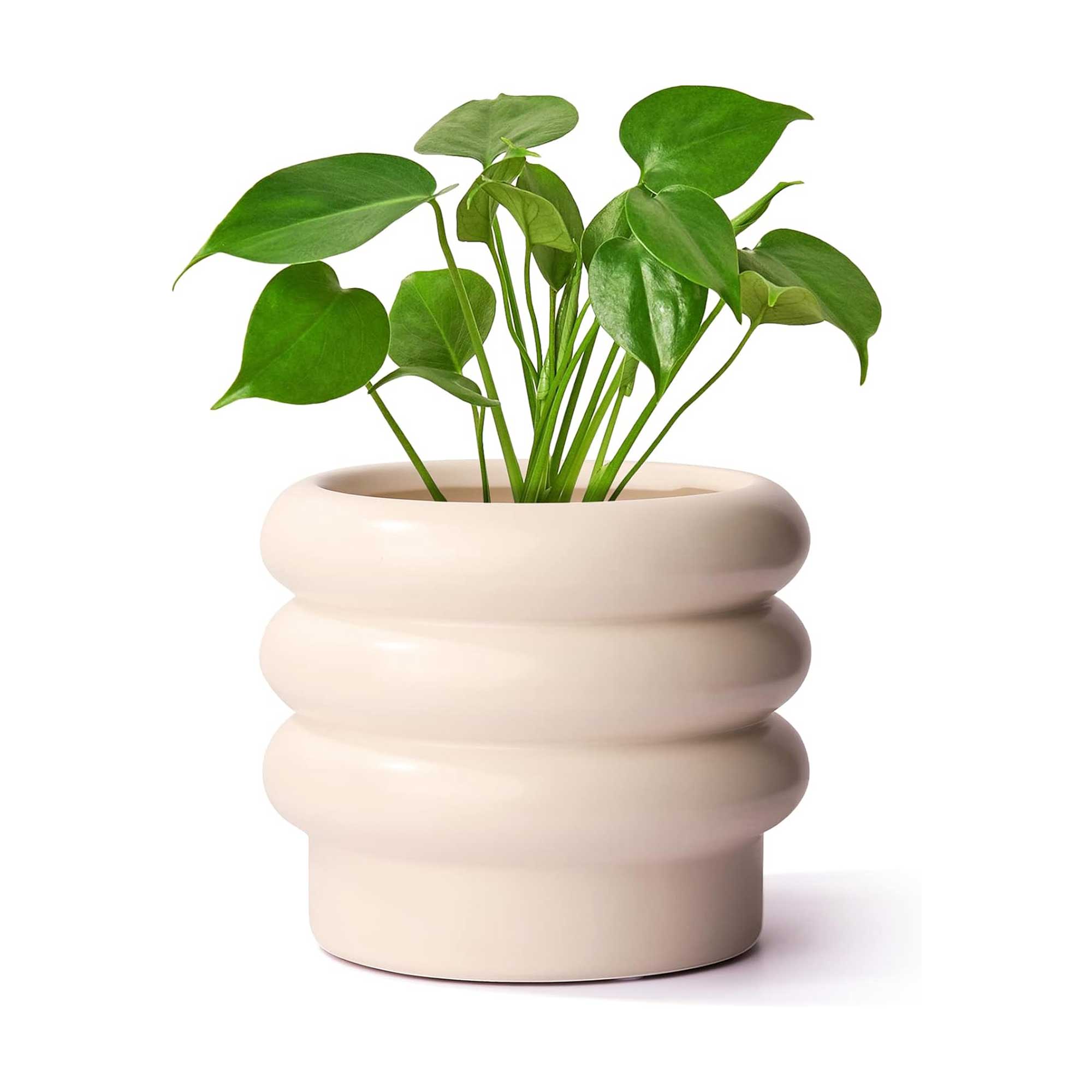
Price: $18.99
Show off your indoor plant with this playful 6-inch pot in a cool cream hue from Jofamy. It features a drainage hole and plug for easy watering.
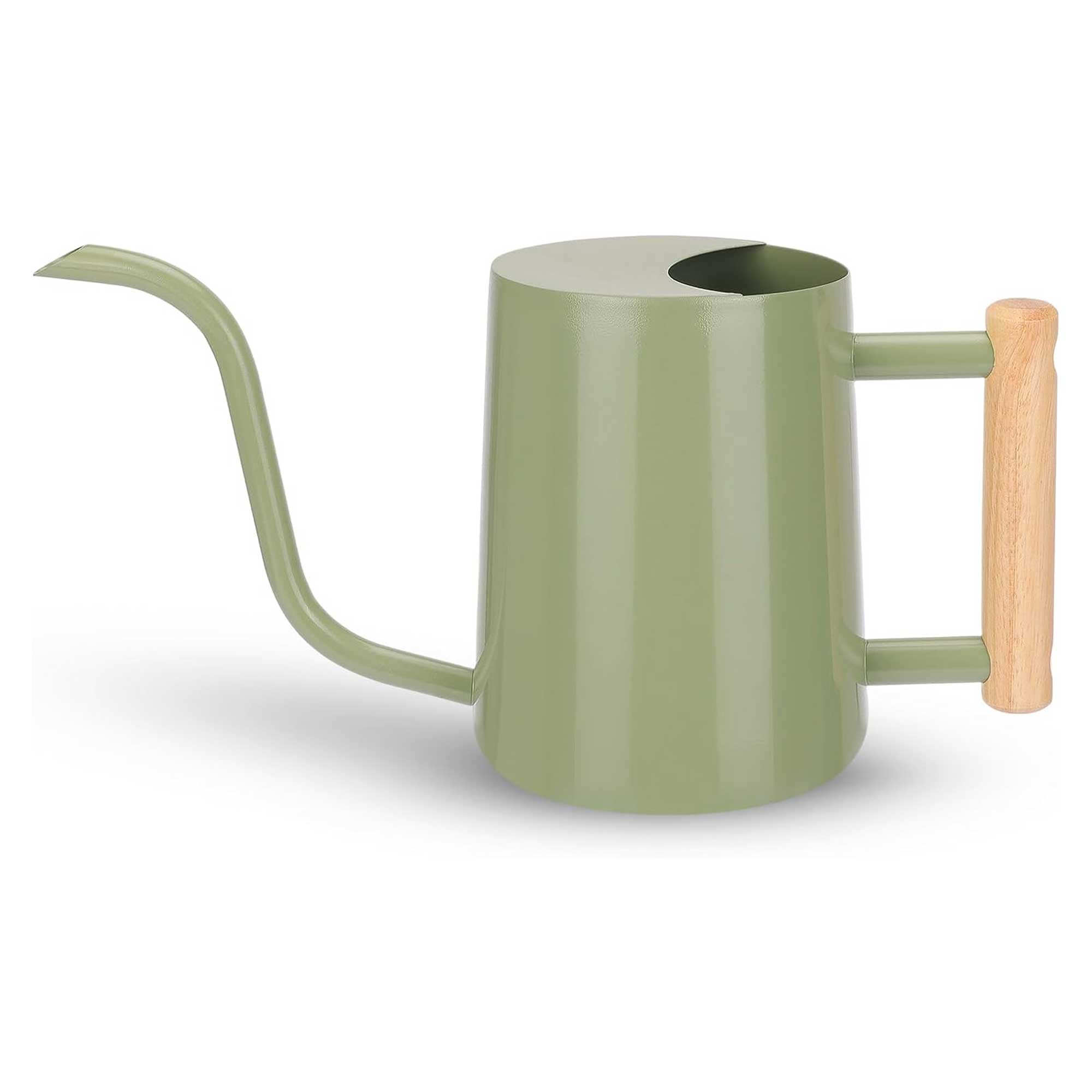
Price: $19.99
This cute and compact watering can from Cewor is made from powder-coated stainless steel to prevent rust, and we love the stylish wooden handle.
FAQs
How do you propagate a calla lily?
If you enjoy learning how to care for calla lilies, you may be tempted to propagate them. Just like propagating fiddle leaf figs, the process is easier than you might expect.
“Every two to three years, you can divide their rhizomes and grow your calla lily collection,” says Kiersten Rankel, a plant expert from Greg.
“Unpot your plant and gently tug near the base to see where the plant separates naturally. Repot each new plant in a pot 1–2 inches wider in diameter than the root ball and watch them take off!”
“This is best done after the plant has finished blooming,” notes Juan. Ensure each section has at least one growth point, he adds.

Kiersten Rankel is a certified Louisiana Master Naturalist and regularly volunteers with local community gardens and nonprofits to help restore critical ecosystems along the Gulf Coast. In her spare time, she enjoys tending to her 150+ houseplants and vegetable garden.
What pests should you look out for with calla lilies?
Autumn says, “Watch out for spider mites and aphids, which can be common pests for calla lilies.”
This insecticidal soap spray from Bonide at Amazon is a popular pick. It can be used when caring for Chinese money plants too, if they catch any interlopers.
Kiersten adds, “If you spot any critters, a gentle insecticidal soap or neem oil helps clear them away.”
If you love to admire flowers indoors, consider learning how to care for a peace lily, too — an easy houseplant suitable for new and experienced plant parents alike.
Join our newsletter
Get small space home decor ideas, celeb inspiration, DIY tips and more, straight to your inbox!

The garden was always a big part of Holly's life growing up, as was the surrounding New Forest, UK, where she lived. Her appreciation for the great outdoors has only grown since then; over the years, she's been an allotment keeper, a professional gardener, and a botanical illustrator. Having worked for Gardeningetc.com for two years, Holly now regularly writes about plants and outdoor living for Homes & Gardens. In her spare time, Holly loves visiting local English gardens and is particularly fond of relaxed cottage-garden schemes. She also loves prairie-style planting – the tapestry effect of grasses mixed with drought-tolerant blooms never ceases to delight her. Always happiest around plants, when she isn't swooning over gardens, she's looking after her ever-growing collection of houseplants and arranging seasonal flowers in her apartment to paint.
-
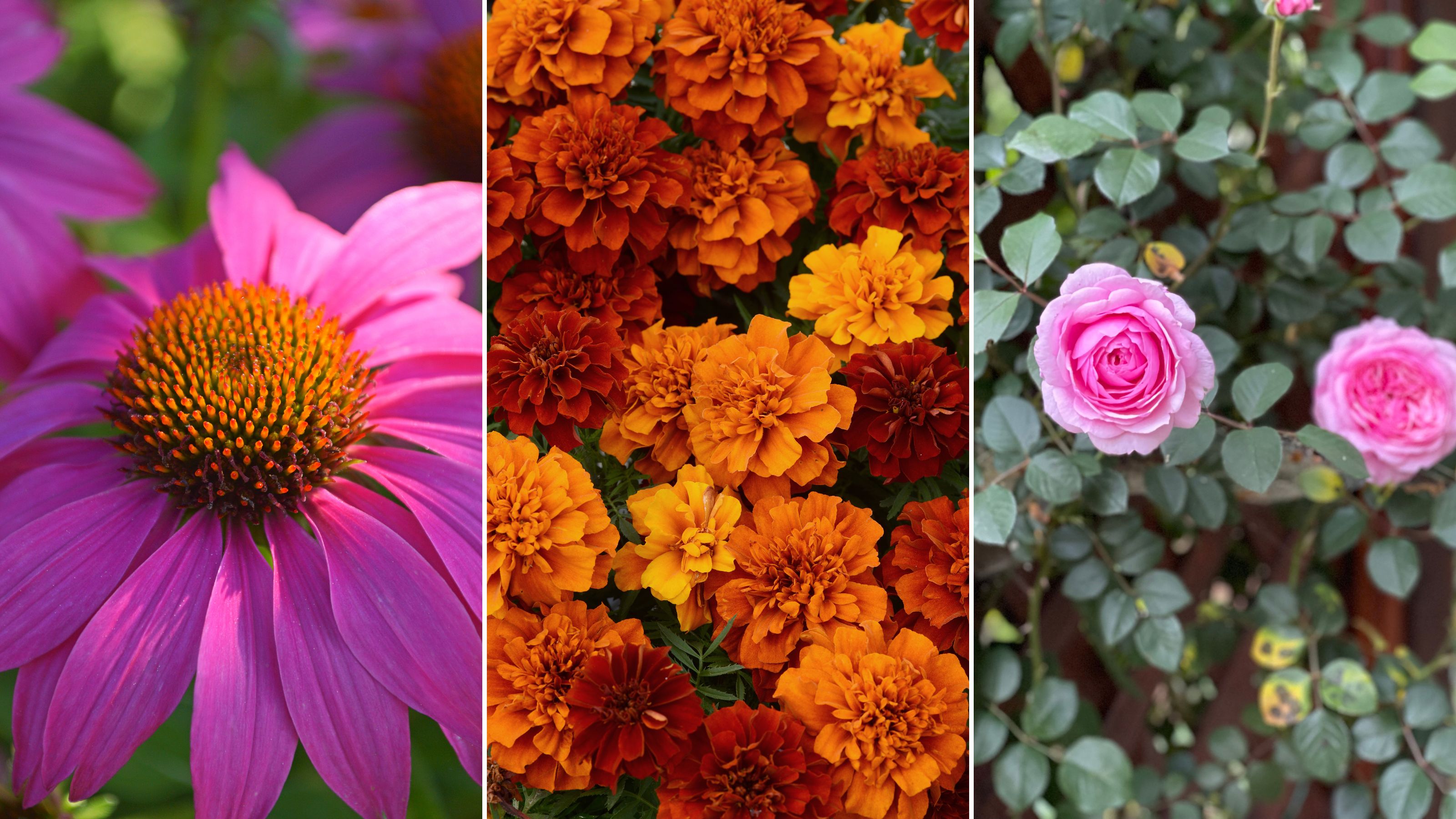 The 7 flowers to plant in August, according to gardening gurus
The 7 flowers to plant in August, according to gardening gurusKnowing what flowers to plant in August isn't always so clear-cut. But that's why we called in help from pro planters — here's what they said to pot.
By Becks Shepherd Published
-
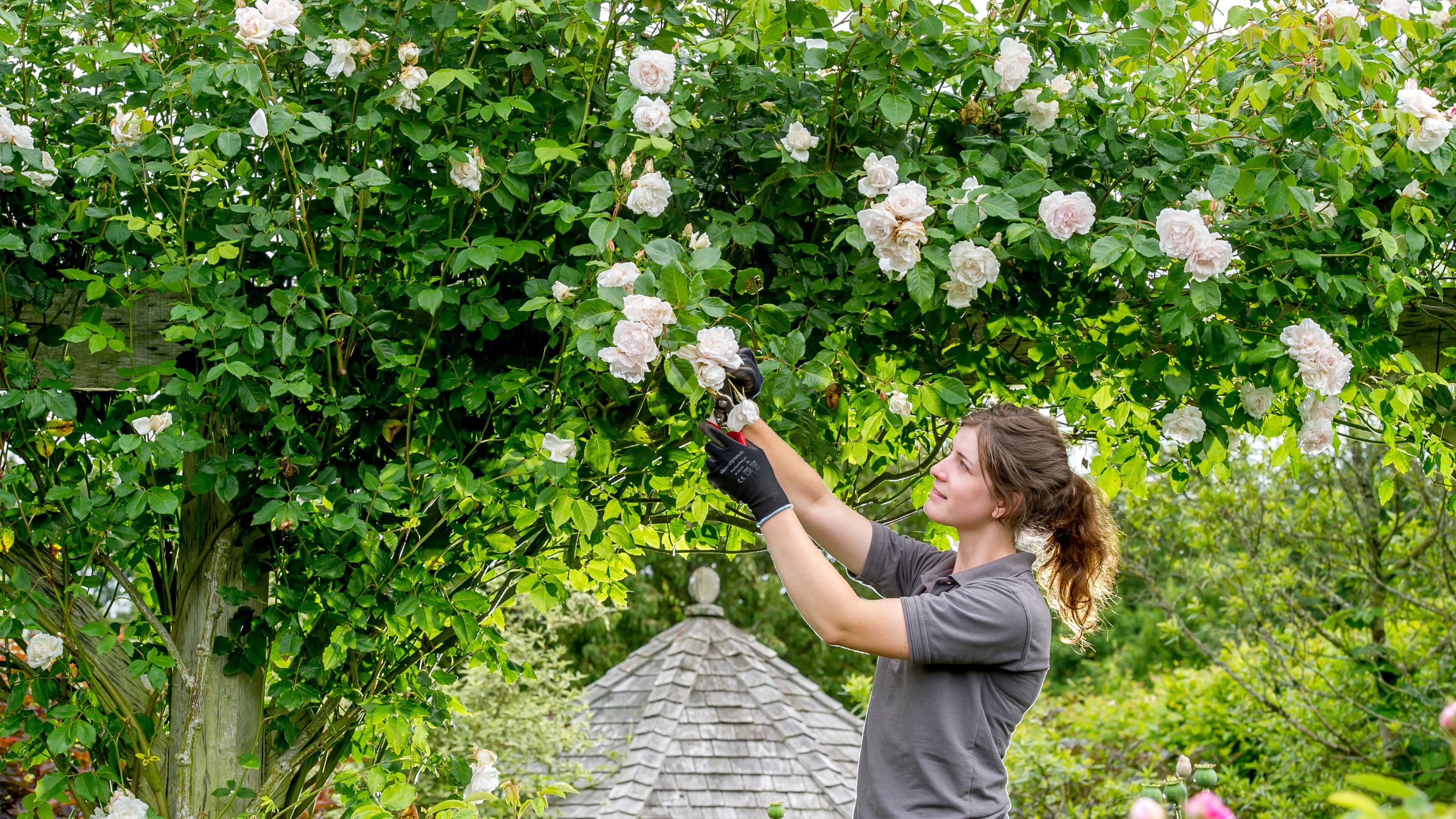 The 7 plants to prune in August — and the 2 pieces of greenery you shouldn't touch
The 7 plants to prune in August — and the 2 pieces of greenery you shouldn't touchWondering what plants to prune in August? We asked a gardening expert for their top tips plus info on what pieces of greenery to avoid pruning this month
By Becks Shepherd Published
-
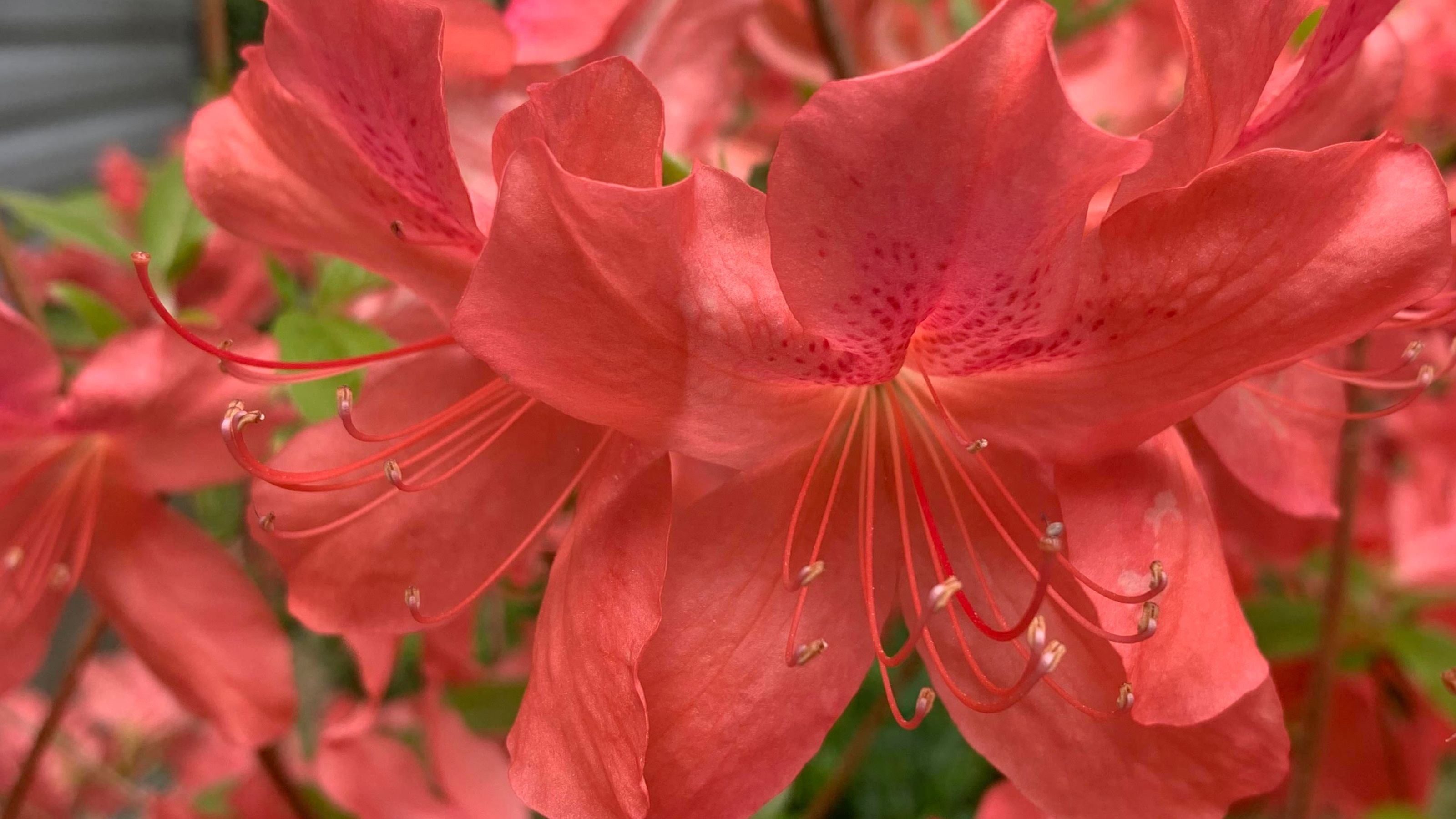 Do you need to deadhead azaleas? Top tips for pruning these flowering shrubs
Do you need to deadhead azaleas? Top tips for pruning these flowering shrubsWondering whether you need to deadhead azaleas? We asked a gardening expert for their top tips for looking after these blooms
By Becks Shepherd Published
-
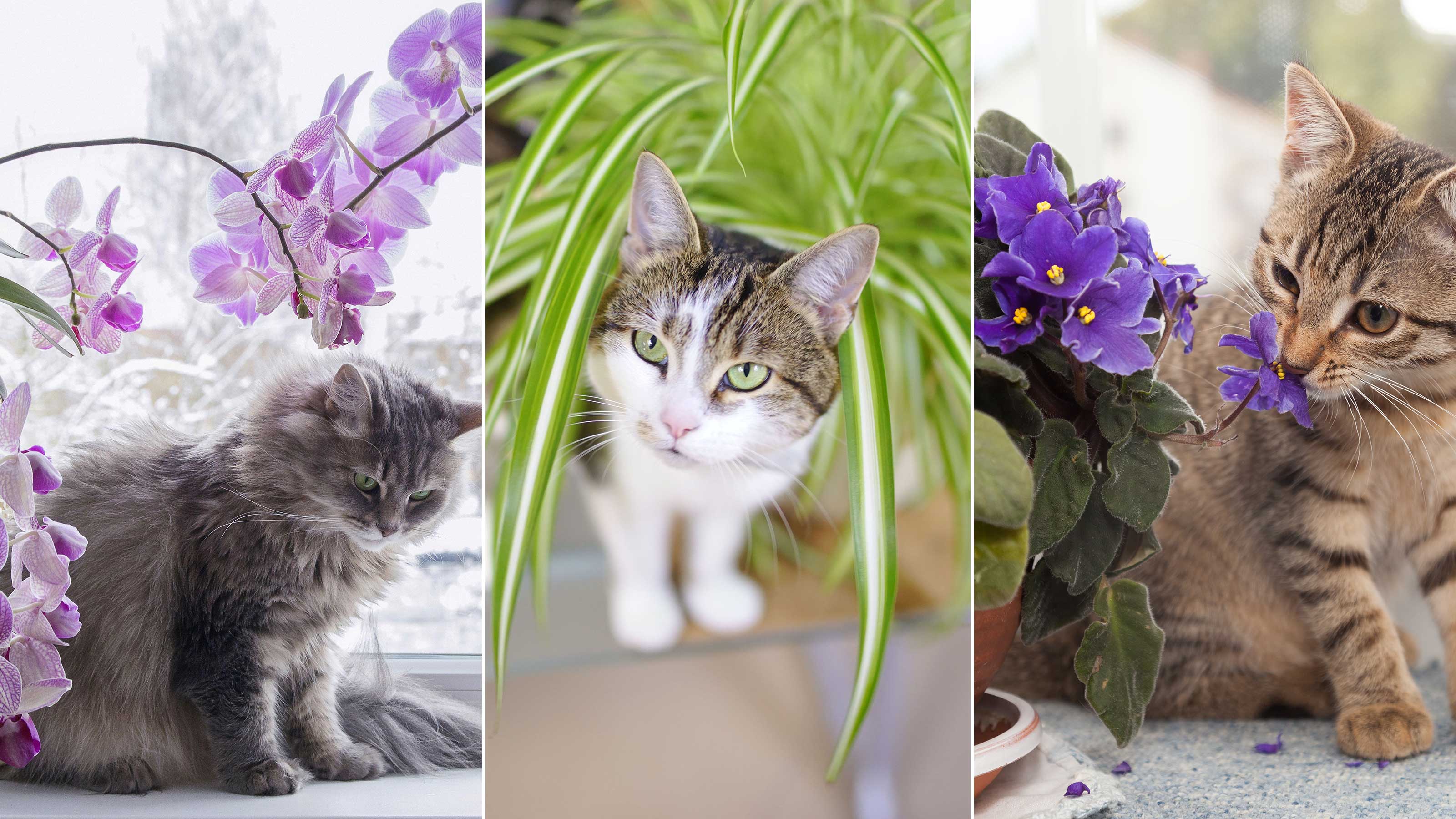 10 houseplants that are not toxic to cats — plus expert advice on keeping your pets safe
10 houseplants that are not toxic to cats — plus expert advice on keeping your pets safeKeep your four-legged companion safe by choosing these houseplants that are not toxic to cats, and learning the dangers of those that are, according to veterinary experts
By Holly Crossley Published
-
 Which houseplants are toxic to dogs? Vet experts pinpoint problem plants and solutions
Which houseplants are toxic to dogs? Vet experts pinpoint problem plants and solutionsWondering Which houseplants are toxic to dogs? We spoke to vets about the problematic leafy greens, what they trigger in dogs, and how to find a solution
By Danielle Valente Published
-
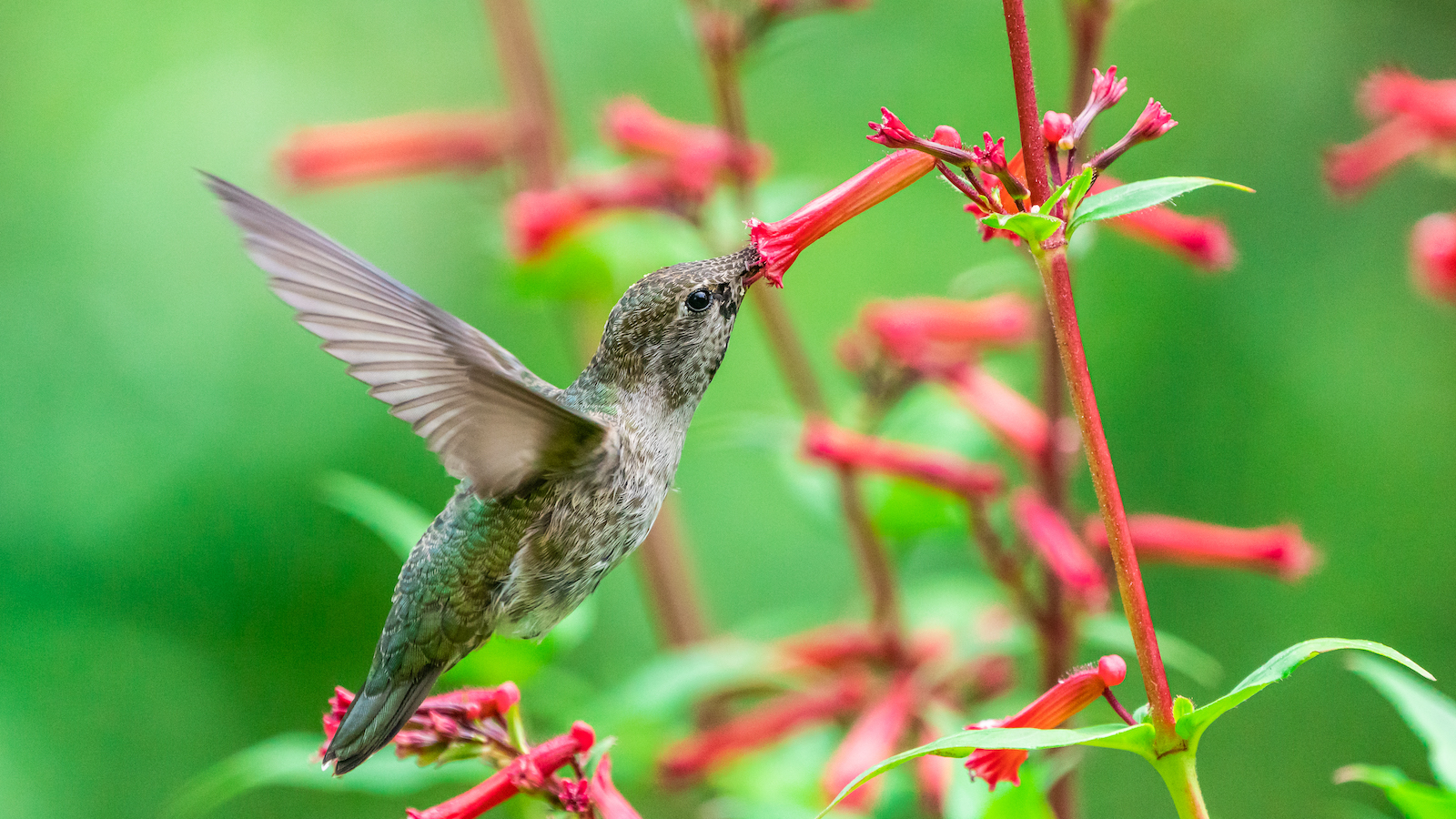 How to attract hummingbirds to your backyard, according to ornithologists
How to attract hummingbirds to your backyard, according to ornithologistsTrying to figure out How to attract hummingbirds to your backyard? These ornithologist-backed tips will guarantee you visitors in no time
By Danielle Valente Published
-
 How to make indoor plant leaves shiny, according to green-thumbed experts
How to make indoor plant leaves shiny, according to green-thumbed expertsLearning how to make indoor plant leaves shiny seems trivial, but this is not just about aesthetics. Here's how to clean them properly, and why you need to do it, according to pros
By Danielle Valente Published
-
 Does hydrangea bloom every year? Pros spill the dirt on the "garden favorite" and when to expect it
Does hydrangea bloom every year? Pros spill the dirt on the "garden favorite" and when to expect itWondering, "Does hydrangea bloom every year"? We asked the pros all about the garden favorite and how often to expect them — here's the dirt.
By Danielle Valente Published